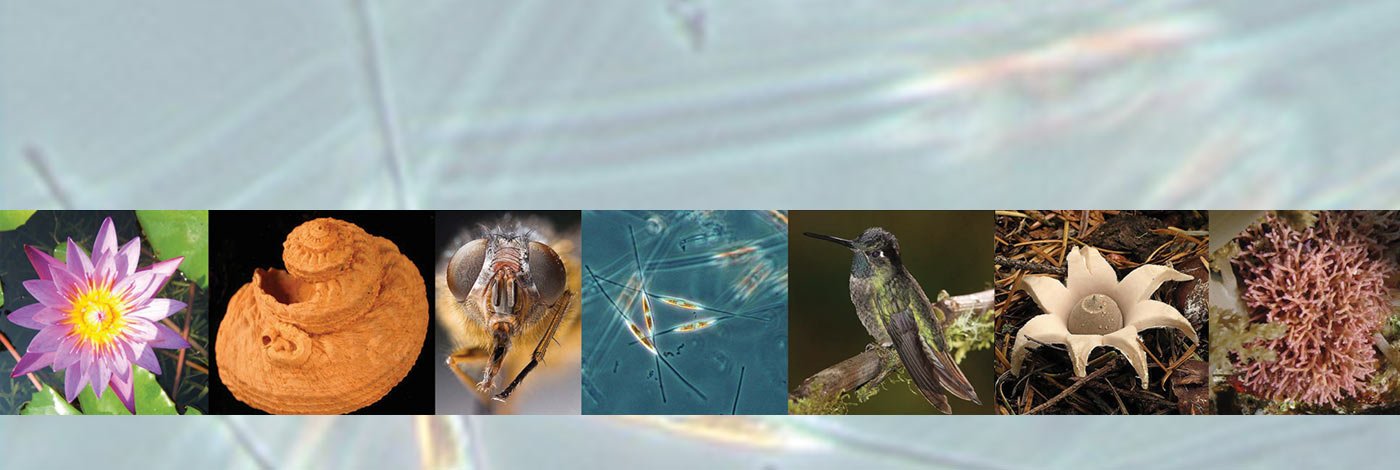

 European Journal of Taxonomy
2016 (232) - Pages 1-28 (EJT-232)
European Journal of Taxonomy
2016 (232) - Pages 1-28 (EJT-232)Magnacarina gen. nov. from Mexico is described. Hapalopus aldanus West, 2000 from Nayarit, is transferred to the new genus with an emended diagnosis creating the new combination Magnacarina aldana comb. nov. Three new species are described: Magnacarina moderata Locht, Mendoza & Medina sp. nov. from Nayarit and Sinaloa; Magnacarina primaverensis Mendoza & Locht sp. nov. and Magnacarina cancer Mendoza & Locht sp. nov., both from Jalisco. Magnacarina gen. nov. is characterized by an unusual bifid palpal bulb, and has a primary projection located in the central area of the palpal bulb and directed retrolaterally; this projection possesses the prolateral superior and retrolateral keels. Next to the primary projection is a secondary projection, which may be short or long, ending in the prolateral inferior and apical keel surrounding the sperm pore. This secondary projection may have prolateral accessory keels and is diagnosed by possessing a nodule of inwardly curled megaspines, located in the basal ventro-retrolateral region of metatarsi I in adult males. Additionally, male tibiae I possess three apophyses. Females of Magnacarina gen. nov. have a single reduced and strongly sclerotized spermatheca, with an apical lobe projecting ventrally, and with a uterus externus that is longer and wider than the spermatheca.
Tarantula, taxonomy, bulb morphology, tibial apophyses, new species.